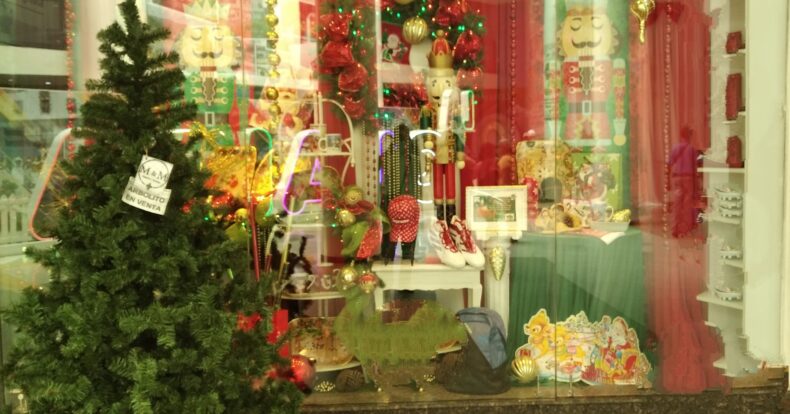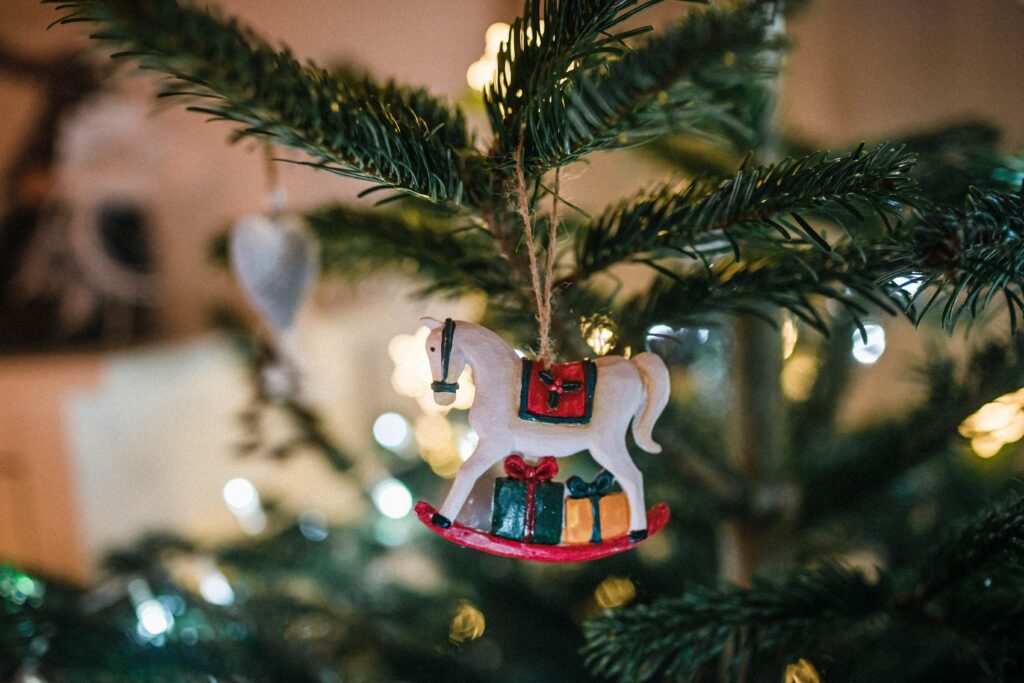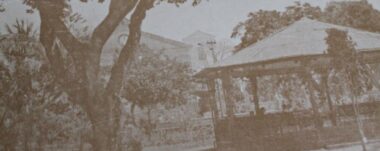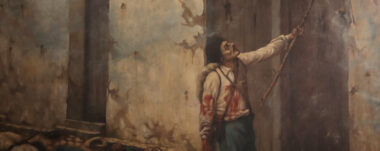The Life of Christmas Trees

The Christmas tree is one of the most universal elements of Christmas and transmits to us the Christmas spirit so characteristic of these months.
The origins of this tradition date back many centuries. Before the arrival of Christianity in Europe there was already a certain adorned tree cult, something to which the Norse gave a great symbolism in relation to the tree of Yggdrasil. In his transmission the priest Boniface had a fundamental papal when he tried to transmit the gospel to the pagan German peoples.
Artificial or Natural Tree?
At first glance, artificial Christmas trees may seem more environmentally friendly. However, its environmental costs are far greater than its benefits.
Artificial trees are made of a kind of plastic called polyvinyl chloride (PVC). It is a by-product of petroleum that may contain lead and other toxic substances. In other words, even though an artificial tree can be reused, it has a short lifespan.
After manufacture, trees are shipped to their destination, usually on ships with diesel engines. As a result, there are still more greenhouse gas emissions that contribute to global warming.
On the other hand, real trees are completely recyclable, although Ecologistas en Acción estimated in 2011 that more than two million trees would end up in landfills after their decorative use in homes across the country. However, maintaining regulated trade generates environmental benefits.

Types of Organic Trees
Among the different types of trees we can find, include:
- Caucasian fir: It is one of the most popular types of trees at Christmas because of its symmetrical shape and its dark and bright branches.
- Douglas fir: Very popular especially in America. It has strong branches that perfectly hold the ornaments.
- Common fir: Until a few decades ago, it was the most used tree in Europe, until the arrival of the Caucasus fir.
- Blue spruce: It is characterized by having a beautiful bluish silver color and tends to be symmetrical. It has strong branches that allow the placement of heavy ornamentations.
- Common spruce: Its branches are bright dark green and very rigid.
It should be noted that, once the Christmas festivities are over, it is necessary to bring the natural Christmas tree, as the remains are recycled and used as fertilizer to continue production.
Navigate articles




